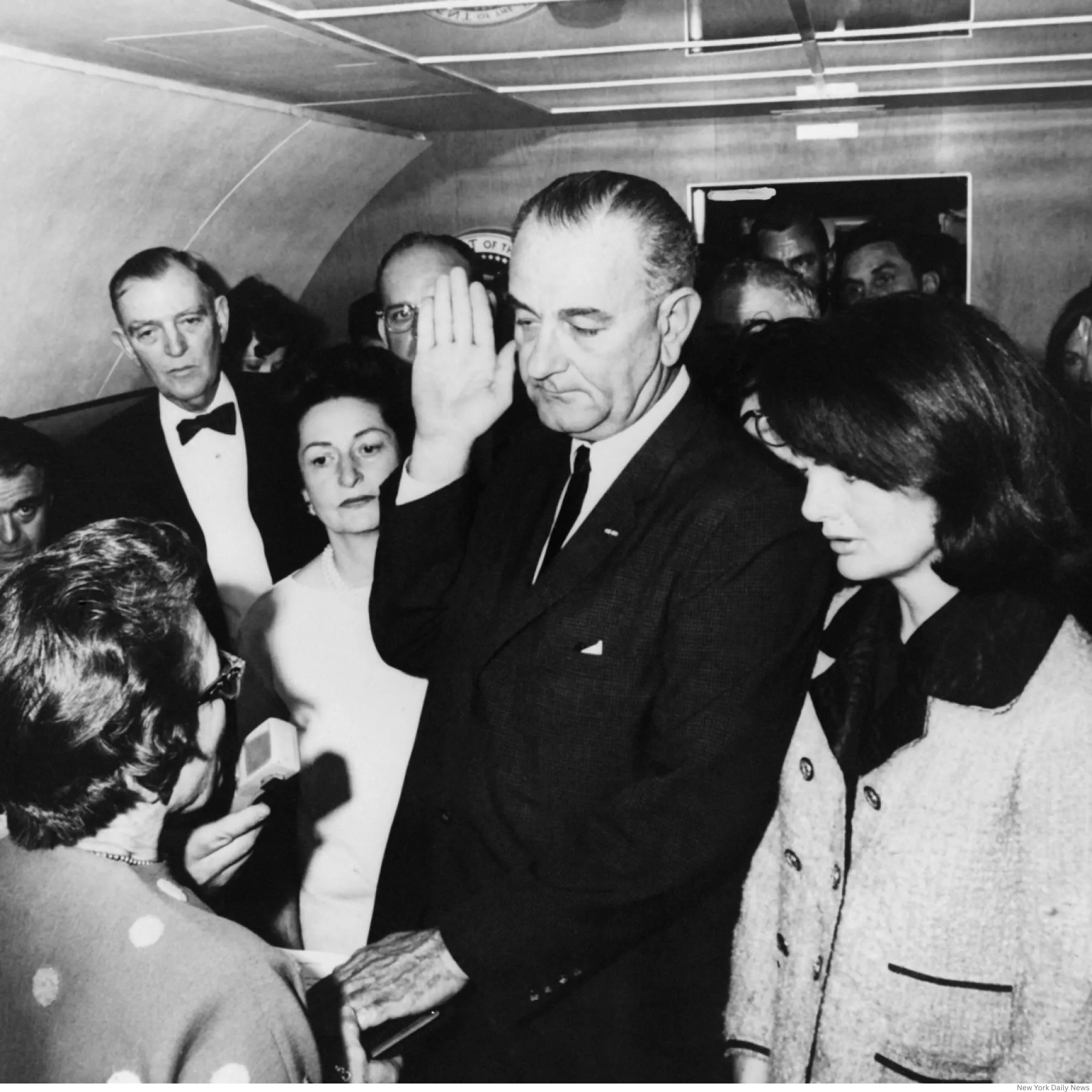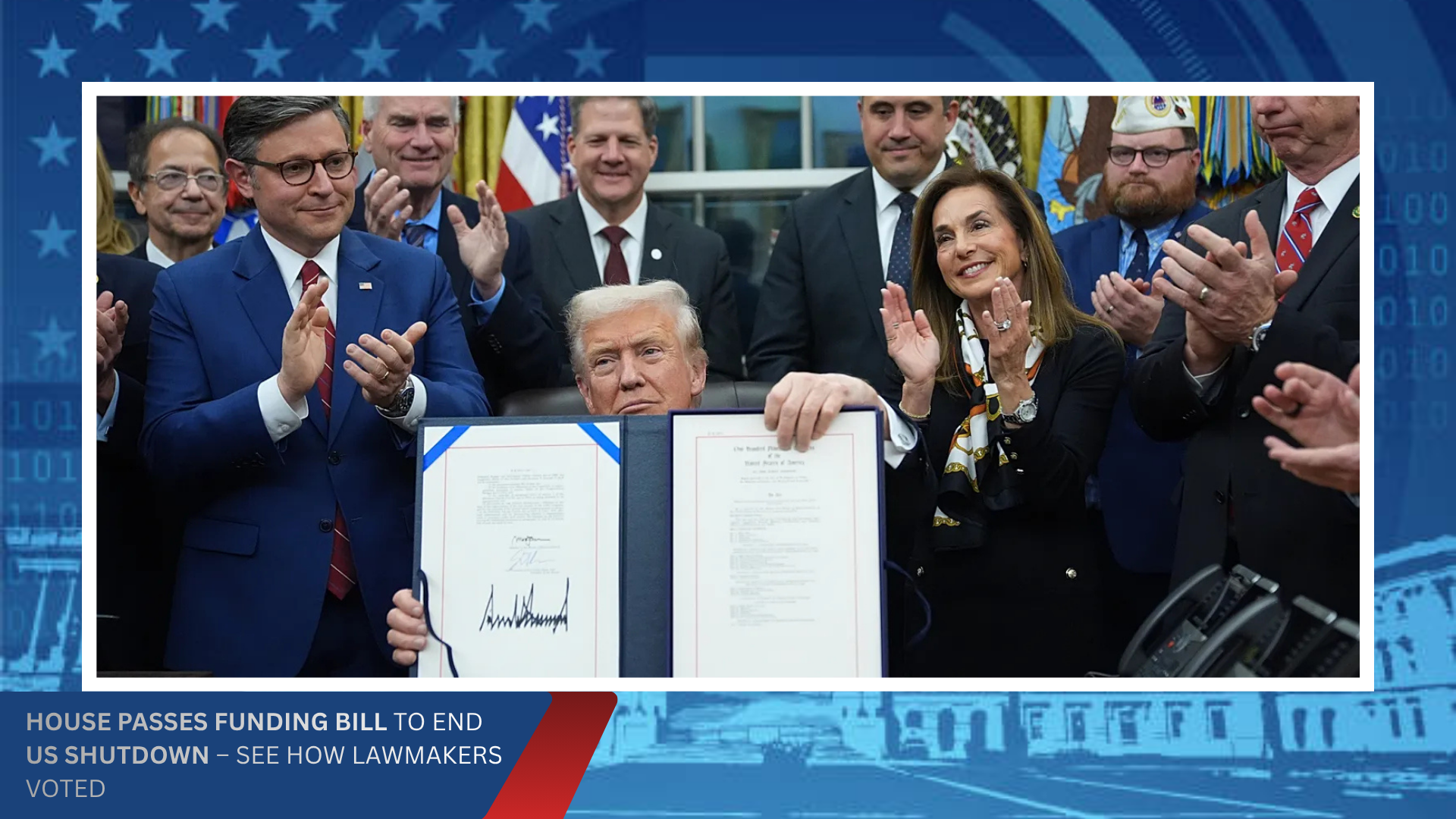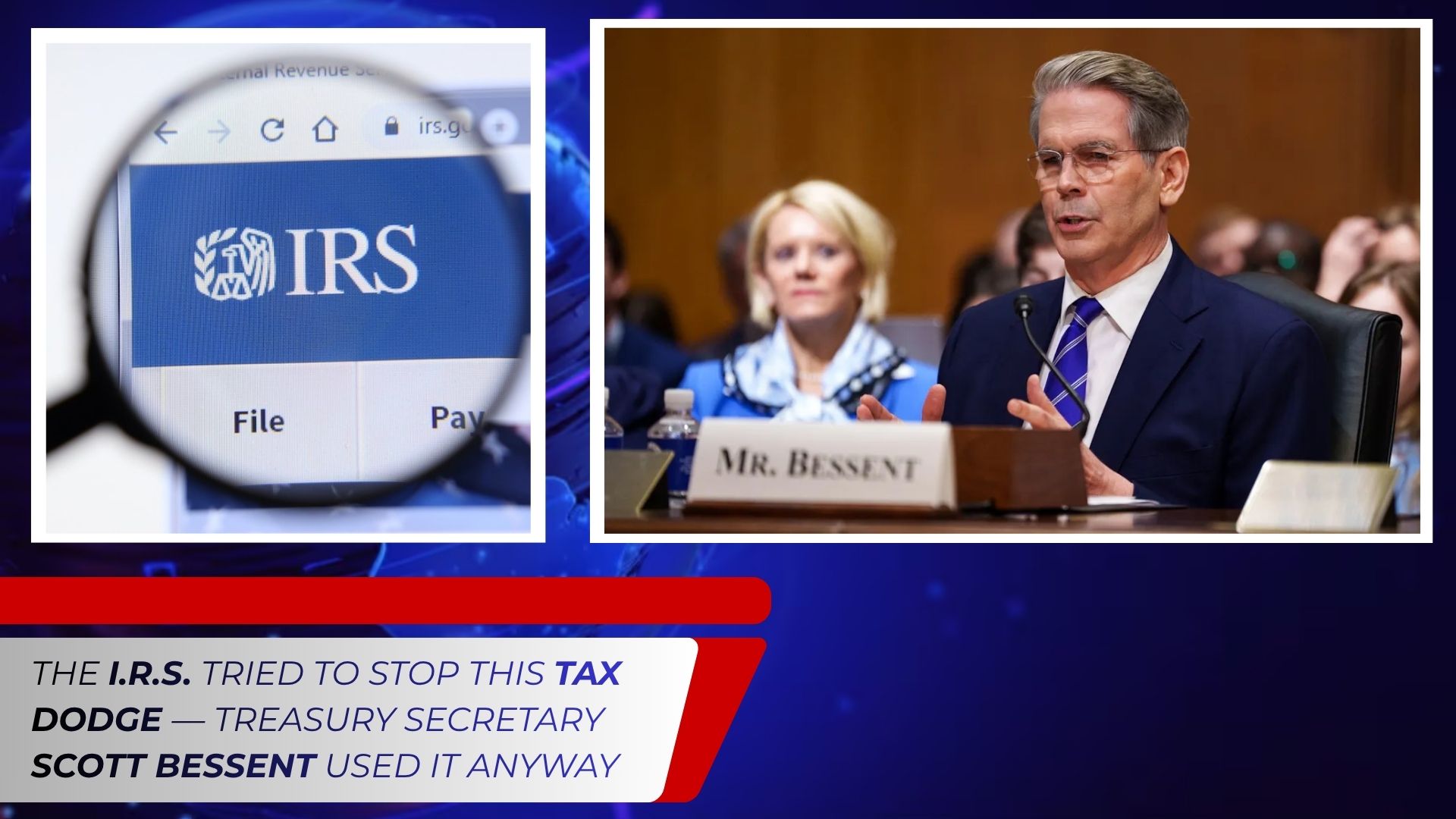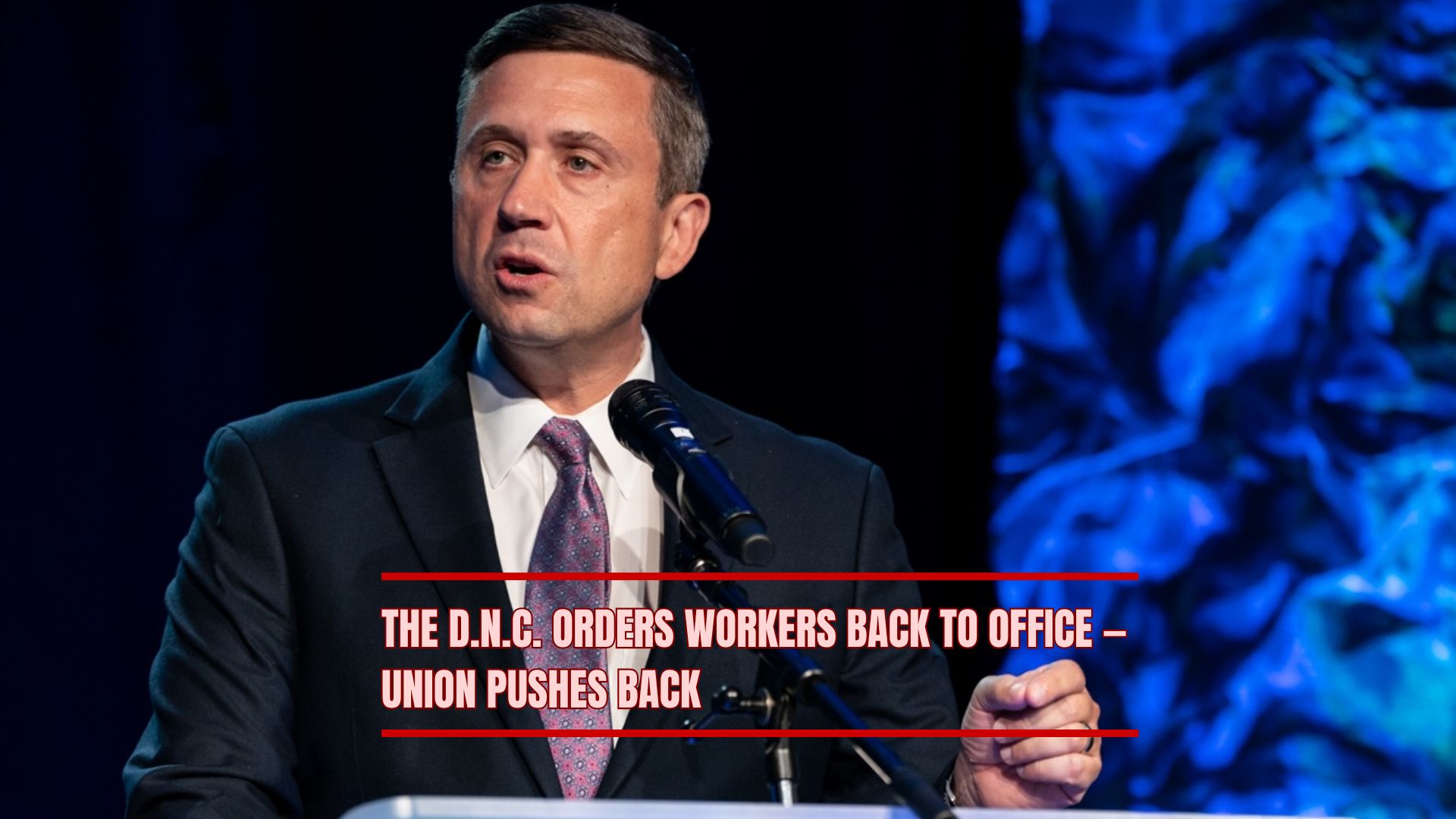Sid Davis — a veteran broadcast journalist who chronicled some of the most pivotal moments in American history, including the assassination of President John F. Kennedy and the subsequent swearing-in of President Lyndon B. Johnson aboard Air Force One — has died at his home in Bethesda, Maryland. He was 97. His son, Larry Davis, confirmed his death on October 13.
A respected Washington correspondent and later an NBC executive, Davis’s career spanned decades of political reporting, but it was his role in covering the events of November 22, 1963, that placed him at the center of one of the most consequential days in U.S. history.
Witness to Tragedy in Dallas
At the time of the assassination, Davis was a 34-year-old radio reporter for Westinghouse Broadcasting. He was among the small contingent of White House press assigned to travel with President Kennedy to Texas. On that fateful day, Davis was aboard the press bus, about six vehicles behind the president’s open-top motorcade as it passed through Dealey Plaza in Dallas.
“We heard a loud noise and I wasn’t sure whether it was a motorcycle backfiring,” Davis recalled in a 2012 interview with The Hill. “But Bob Pierpoint [of CBS] said, ‘That’s gunfire!’ Then we heard more shots and saw people running for cover on the grassy knoll, and everything turned into chaos.”
Within minutes, the motorcade sped toward Parkland Memorial Hospital. Davis followed with other reporters, gathering details amid confusion and grief. There, they learned from Father Oscar Huber, the Catholic priest who had just administered last rites, that President Kennedy was dead.
Aboard Air Force One: History in Motion
In the hours that followed, a White House aide gathered three reporters — Merriman Smith of United Press International, Charles Roberts of Newsweek, and Sid Davis — and rushed them in an unmarked police car to Love Field. As they arrived at Air Force One, a hearse bearing the president’s body and First Lady Jacqueline Kennedy pulled up alongside.
The journalists were escorted onto the plane, where Vice President Lyndon B. Johnson was waiting to be sworn in as the 36th President of the United States. Sarah T. Hughes, a federal judge from Texas, administered the oath of office in the cramped cabin. Jackie Kennedy stood beside Johnson, still wearing her blood-stained pink suit — an image that became an enduring symbol of that national tragedy.
Davis later said the mood aboard the plane was solemn and tense but resolute. “You could feel the weight of history,” he recalled in a later interview. “No one spoke louder than a whisper.”
Because only two reporters were allowed to accompany the presidential party back to Washington, Davis disembarked before takeoff. As the press buses arrived moments later, he climbed onto the trunk of a nearby car to brief dozens of stunned journalists on what he had just witnessed — providing the first eyewitness account of Johnson’s oath of office.
From Reporter to News Executive
Born in Youngstown, Ohio, in 1927, Davis grew up during the Great Depression and later served in the U.S. Navy before entering journalism. He began his career in radio and rose through the ranks of Westinghouse Broadcasting, covering Capitol Hill, the White House, and major national stories.
Davis’s integrity and steady reporting style earned him the respect of both peers and politicians. He later joined NBC News, where he served as Washington bureau chief and vice president, overseeing coverage of political conventions, presidential campaigns, and congressional affairs.
Over the years, Davis remained active in journalism circles, mentoring younger reporters and often speaking publicly about the responsibilities of the press in times of crisis. He was particularly remembered for his measured voice and deep sense of professionalism.
Remembering a Witness to History
In the decades since that fateful day in 1963, Davis reflected on how the Kennedy assassination reshaped both American journalism and the public’s relationship with its leaders. He often spoke of the personal impact of witnessing such an event — the sudden loss of a president and the swift transfer of power to a new one within hours.
“Merriman Smith was sitting next to me in that car to the airport,” Davis once said. “He was frantically typing his story on a portable typewriter. We all knew this was not just a story — it was the story of our time.” Smith would go on to win the 1964 Pulitzer Prize for his coverage of the assassination; he died in 1970. Charles Roberts, the third reporter present, died in 2021.
With Davis’s passing, all of the journalists and principal figures who were aboard Air Force One that day are now gone. President Johnson and his wife, Lady Bird; Jacqueline Kennedy; Judge Hughes; and top aides such as Jack Valenti, Kenneth O’Donnell, Larry O’Brien, Malcolm Kilduff, and Pamela Turnure have all passed away. Bill Moyers, Johnson’s special assistant, who later became a renowned journalist, died earlier this year at 91.
Legacy and Burial
Sid Davis’s legacy lies not only in his eyewitness reporting of a defining moment in American history but also in his lifelong commitment to truth and public service. His calm professionalism in the midst of national crisis set a standard for journalists who followed.
Davis is survived by his sons Larry and Morse, a brother, Irvin, and four grandchildren. He will be buried with full honors at Arlington National Cemetery — a fitting resting place for a Navy veteran and a man who devoted his life to chronicling the nation’s most consequential stories.
%20(4).png)








